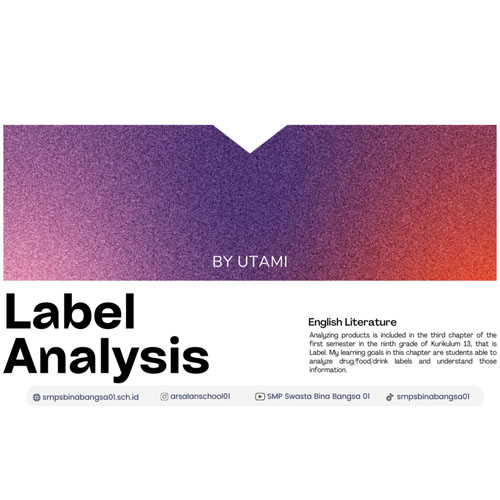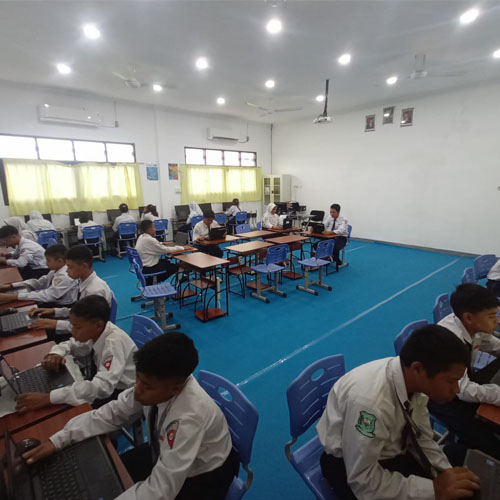
Every day, we witness the introduction of a multitude of new products. One brand unveils its latest offering, only to be swiftly followed by others. Each product claims to possess superior advantages, leaving consumers to grapple with conflicting assertions about which one truly holds the best benefits. Ultimately, the decision of which product to choose rests in your hands. So, how do we go about making this decision?
Exactly, analysis. According to the Oxford Dictionary, “Analyze” is a verb used to describe the process of scrutinizing the nature or structure of something, often by breaking it down into its individual components. This method is employed to gain a comprehensive understanding or provide an explanation. Through analysis, we have the ability to compare products across various brands, ultimately identifying the one that aligns best with the specific needs of our bodies. In today’s article, I aim to share insights into how my students undertake the analysis of the products they consume daily. Stick around for more information.

The analysis of products is incorporated into the third chapter of the first semester for ninth-grade students of Kurikulum 13, specifically under the theme of Label. The learning objectives for this chapter focus on enabling students to analyze labels found on drugs, food, and beverages, aiming for a comprehensive understanding of the information presented.
During the initial phases of instructing this material, I presented various types of labels commonly encountered in everyday life to my students. I encouraged them to identify the information that could be obtained from these labels and prompted discussions about how the labels could be categorized. Each label contains several terms designed to convey information and explain various details. In this context, I provided an opportunity for students to seek clarification on any terms, meanings, or information they found perplexing on the observed labels.


Furthermore, in groups consisting of 2 to 3 people, I asked them to compare the differences they found among several labels that I displayed. The differences can be in terms of use, types of information on the labels, or the use of units of measurement also language types.

They found that some labels use more than one language, such as Indonesian, English, and Thai. Additionally, the completeness of information stated on the labels also varies. Some labels provide information about storage or recycling methods for the waste produced by the product. Based on the differences they found, I reinforced and provided additional explanations to enhance the knowledge they had gained independently. Before the lesson concluded, I asked students to choose a label and bring it to the next meeting. The label they chose could be from medicine, food, or beverages. Additionally, I also asked them to bring a sheet of drawing paper or cardboard divided into several parts, along with some markers, pens, or colored pencils for decorating in the next assignment.


In the next meeting, I asked them to analyze the label they brought individually. Analyzing started by sticking the label onto their paper. Then, I informed them list of information to be analyzed, such as the Product’s Brand, Description, Composition, Storing, Expiration Date, Manufacturer, Amount, Serving Size, Calories, Calories from Fat, Total Fat, Total Carbohydrate, Trans Fat, Saturated Fat, Sodium, dan Protein. If the product label consists of two languages, Indonesian and English, students filled in the information by choosing the English language. If the label does not contain the information in question, they fill in Not Available. I asked them to decorate and modify their paper. They strived to include every piece of information present on the product by dividing the label into several parts and aesthetically sticking them onto their sheets of paper.


After that, students participate in an exhibition where each student displays their analysis on the classroom walls. Each student will go around, examine each work, and place star stickers on the analysis they like the most. Each student will receive two stars, providing them with two opportunities to award stars to their preferred analyses. The student with the analysis that receives the most stars will be rewarded with an additional 5-point bonus.

At the end of the lesson, I evaluate each analysis by showcasing and explaining highlights (strengths and areas for improvement) of each student’s work, allowing all students to collectively reflect on the day’s learning.







All in all, I am delighted to share my teaching experience about Labels. It brings me great satisfaction that students can actively apply this learning material to their everyday lives. Cultivating an understanding of the content within the products they consume daily fosters a positive habit that proves beneficial in life. I recognize a gap in these activities and hope to receive input on the content and activities I have outlined in this article. Thank you for taking the time to engage with this piece. Until the next article, farewell!



